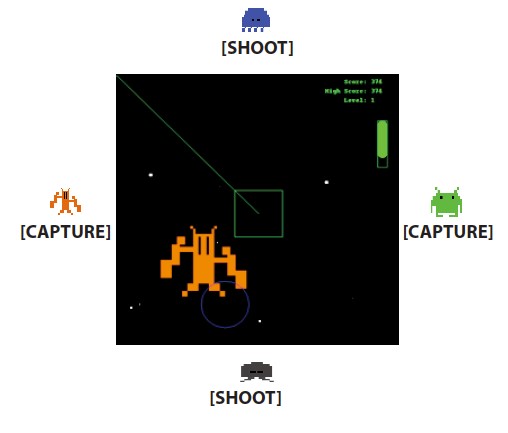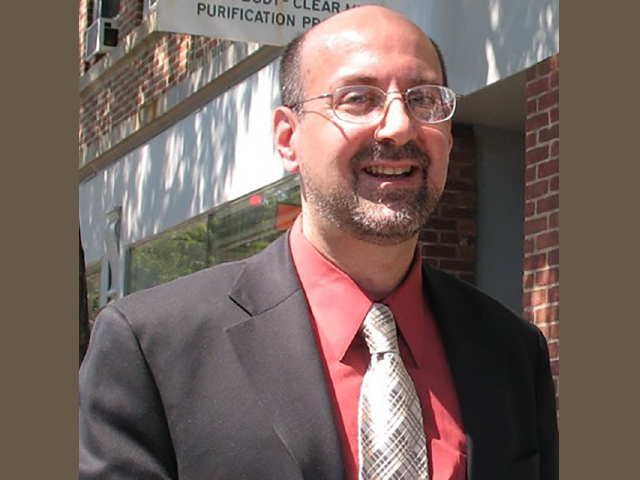Carnegie Mellon University Neuroscience Institute researchers Timothy Verstynen and Eric Yttri and their collaborators have been granted over $1 million from the National Institutes for Health. The grant is through the Collaborative Research in Computational Neuroscience program, an international effort that supports collaborative activities that will advance the understanding of the nervous system.
The CMU researchers are teaming up with the University of Pittsburgh’s Jonathan Rubin and Catalina Vich from the Universitat de les Illes Balears in Spain. Together, they plan to learn more about the neural mechanisms underpinning how organisms make decisions and how they change their minds.
“We are going to examine what happens when the brain shifts gears,” Verstynen, an associate professor of psychology, explained. “What are the dynamics that happen when the brain either learns something new or relies on prior knowledge?”
Verstynen is most interested in the dynamic decision-making process that happens in the brain as it balances between taking actions that are likely to produce desired results and taking a risk on those that are less certain.
Over the last few years, Verstynen and his team has been collecting data on what are called “bandit tasks,” simple tasks where a subject has a limited number of decisions to make. For example, think of a Las Vegas slot machine, or “one armed bandit.” Though simple, bandit tasks can tell us a lot about how our brains make any kind of decisions.
“When you play the slots, you can only play on one machine at a time, with one coin at a time. How do you choose which machine to put your coin in? That’s the fundamental decision of the bandit task,” Verstynen said. “You can use that very simple paradigm to get at almost any goal-directed decision because the dynamics are almost always the same. The sense of the value of an action drives a lot of our voluntary goal-directed behavior. These bandit tasks distill it down to its fundamental parts.”
Verstynen and his team will use artificial intelligence agents to test decision-making models. Using this technology, the researchers will be able to build and improve models that show what happens in the brain when contingencies change.
In parallel, Yttri and his lab will investigate how these models perform in living organisms. They will observe how mice trained to perform similar bandit tasks choose their behaviors.
“We have some good models for how the brain makes decisions, how organisms place value on different options and make a choice,” Yttri, an assistant professor of biological sciences, said. “But models will only get you so far. We hope to prove those models through direct experimental testing.”
In the big picture, this work could help us understand how humans make choices, and even give researchers clues on disease states, including obsessive compulsive disorder and addiction, Yttri said.
“By recording and manipulating neuronal activity, we can understand the computations those neurons are producing at a mechanistic level,” Yttri said. “This could help us understand decision making at a fundamental level.”
Author: Caroline Sheedy
Original post

















 Lori Holt speaks with CBS’ David Pogue about the sounds of the Super Bowl.
Lori Holt speaks with CBS’ David Pogue about the sounds of the Super Bowl.







